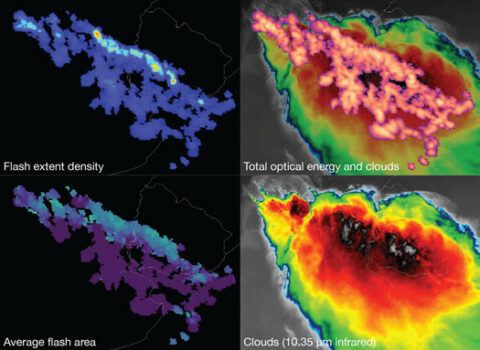

The adjusted NtSAT values obtained by multiplying each NtSAT value by RLNP(?) were used to produce the total flash density map for Australia (Kuleshov et al 2006).Īpplying the assumption that the value of cloud flash-to-ground flash ratio, Z, over the range of latitude for the Australian continent is uniform (Z = 2), the


The satellite data were calibrated against the data derived from observations obtained by ground-based lighting flash counters and then adjusted applying an empirical polynomial in a form The data are acquired from polar orbiting satellites and consequently undersampling may influence the estimates of lightning activity in some areas (Kuleshov et al. The grid point resolution of the data is 0.5° (approximately 50 km). It is important to note that the analysis is based on eight years of combined OTD and LIS data. The lightning total flash density grid and lightning ground flash density grid are based on data from the Optical Transient Detector (OTD) and Lightning Imaging Sensor (LIS) for the Australian region (10°S - 45°S, 105☎ - 165☎). and Kuleshov,Y., "Climatology of lightning activity in Australia: spatial and seasonal variability", Australian Meteorological and Oceanographic Journal v.64, pp.103–108 The average annual lightning ground flash density (Ng) map shows a similar geographical distribution of cloud-to-ground flashes.įurther documentation on lightning flash density (Nt and Ng):ĭowdy,A. The peak lightning occurrence is in the north western part of the Australian continent. A high level of lightning activity is observed in the northern parts of Australia, and a decrease in total flash density occurs southward in central and southern parts of Australia. Supplementary Information: The average annual total lightning flash density (Nt) map shows the geographical distribution of both cloud-to-ground and cloud-to-cloud flashes.


 0 kommentar(er)
0 kommentar(er)
